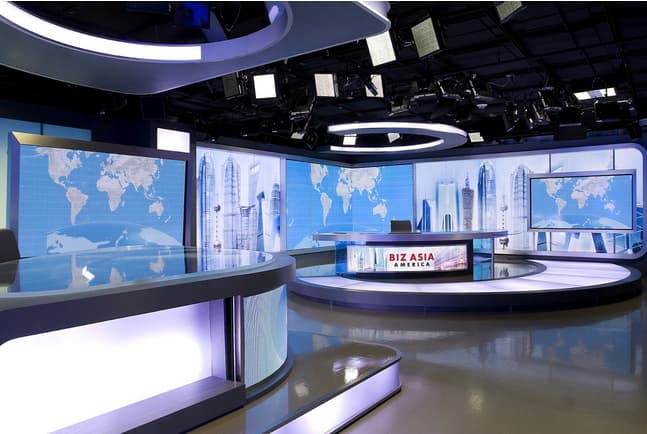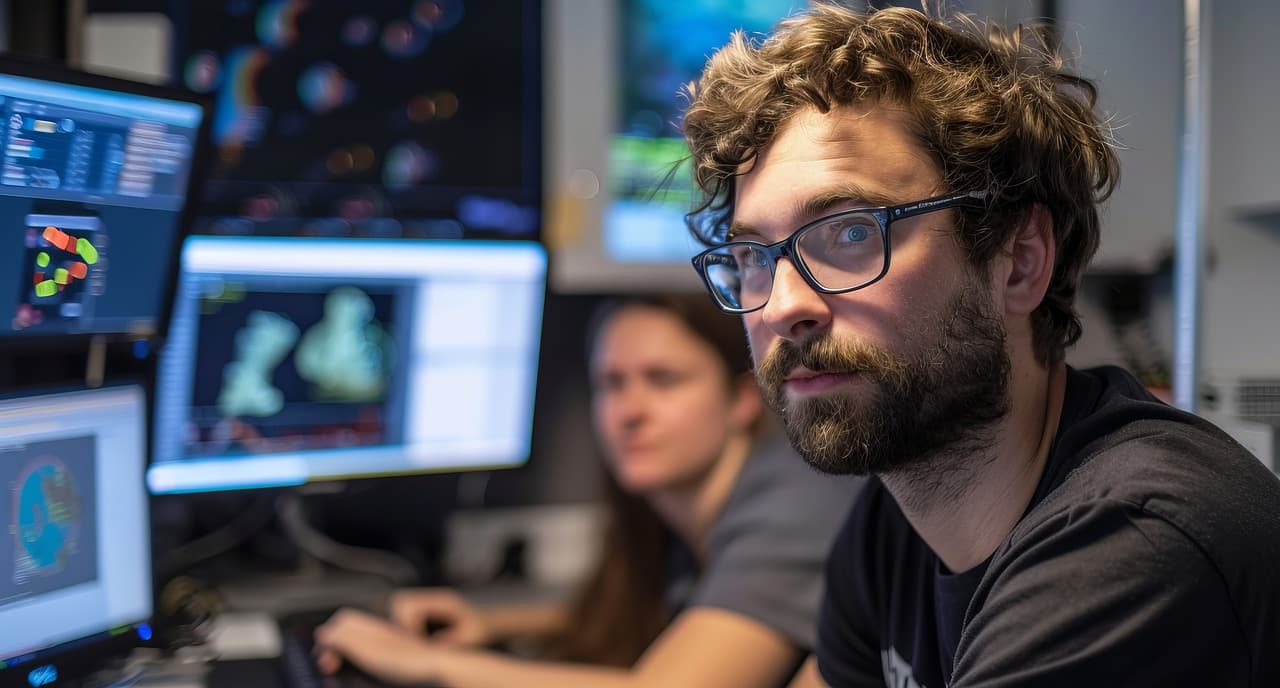First of all, it is necessary to determine what kind of television broadcasting there is. There are two types of signal transmission in the world:
Analog.
Analog television is a familiar and familiar format. Regardless of the standard of color, sweep and other parameters, the general principle is the same for all: the TV signal (it carries information about the brightness of the phosphor dots and forms the image itself), the color subcarrier (it indicates what value each dot should be activated) and the audio signal (it is modulated just like on conventional FM radio stations, and therefore it can often be caught on an ordinary radio) is transmitted to the air;
Digital.
Digital TV has a different principle: both picture and sound are not used to modulate the radio waves directly, but are converted into discrete (digital) form, encoded with special programs and transmitted in this form to the air.
This method allows to reduce the number of interferences, provide greater resolution and clarity of the image. It has a variant – interactive TV, where the digital signal is transmitted through an Internet cable.
How it works: simple facts
Digital and analog signal waveforms
This property of digital signals can be a disadvantage in some cases: according to music lovers, the human ear can detect these microscopic beats of volume and tone, and therefore it is best to listen to music with analog media and players (such as gramophone records).
However, “digital” has the greatest advantage: any distortion comparable in size to that very “step” is removed by the repeater to its original value. Therefore, the digital signal is either reproduced clearly or is not shown at all (“steep cliff effect”).
In practice, it looks as follows:
The original signal to be transmitted to the user (recording of a program, movie, etc.) is taken.
The signal is converted into a discrete digital form using special devices. Instead of a smooth, continuously changing signal we get a set of short pulses.
These pulses are connected according to a certain algorithm with those that carry information about other films or programs being transmitted on other channels at the time. As a result, “transport streams” are formed, of which a multiplex – a set of several channels to be broadcast on approximately the same frequency – is then assembled. This allows the broadcasting range to be reduced many times and avoids overlapping of several channels.
A multiplex is transmitted to the air in the form of electromagnetic waves through a network of repeater towers.
Under the action of the wave, current pulses similar to those transmitted are formed in the receiving antenna.
Digital tuner (built-in or attachment) according to a certain algorithm decodes the signal, selecting from the multiplex one particular channel that will be transmitted to the screen and speakers.
The principle of operation of digital TV
Satellite and cable television also work in a similar way. The only difference is in the broadcast standard and the way the signal is transmitted and received.
The only difference is the broadcasting standards and the receiving method.
Since there are various ways of encoding and transmitting digital broadcasting, there are a number of standards for digital broadcasting around the world. Despite globalization, there is no single standard yet.
There are different regional standards in different countries:
- DVB-T. The standard was developed for European countries. It is part of the DVB (Digital Video Broadcasting) group of standards, which also includes cable broadcasting formats (DVB-C), satellite TV (DVB-S), etc. It is considered obsolete and is being replaced by DVB-T2. They are not compatible with it in terms of reception, but it is technically possible to use the already deployed network of repeaters.
- ATSC. The standard is used in North America (USA, Canada, Mexico) and also in South Korea. It uses the same transport stream (MPEG-TS) as in Europe, but the receiving equipment is not compatible with each other without additional configuration.
- ISDB. This family of standards was originally developed in Japan, but then it spread around the world and is now used in many countries in Asia as well as in Central and South America and Africa. A characteristic feature of this standard is copy protection when recording a transmission on a digital drive: the file can be played back any number of times, but it cannot be copied onto another flash drive or HDD.
- DTMB. This standard was developed in China and is now actively used in Cuba, Laos, Cambodia, Sri Lanka and Ethiopia. It is being considered for use in some other countries (e.g., Kyrgyzstan).



